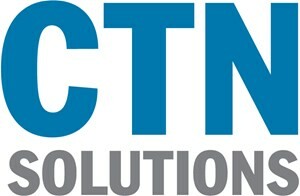Information technology (IT) departments often face challenges and become stretched thin when dealing with multi-cloud use cases due to several factors:
- Complex Infrastructure Management: Multi-cloud environments involve the integration and management of multiple cloud platforms and services. Each cloud provider may have its own set of tools, APIs, and management interfaces, making it complex for IT departments to ensure seamless interoperability and consistent management across different clouds.
- Skill Requirements: Managing multi-cloud environments requires a diverse set of skills and expertise. IT teams need to be proficient in various cloud platforms, networking, security, and data management across different cloud environments. Acquiring and retaining such specialized talent can be a challenge, leading to resource constraints.
- Increased Workload: Multi-cloud environments introduce additional complexities, including data migration, workload deployment, security configurations, and performance optimization across multiple cloud providers. IT teams have to handle increased workloads to manage and support these diverse environments effectively.
- Vendor Management: Working with multiple cloud vendors involves maintaining relationships, contracts, and service-level agreements (SLAs) with each provider. This requires time and effort to ensure effective communication, support, and coordination across different vendors.
- Security and Compliance: Ensuring consistent security and compliance across multiple cloud environments is a significant concern. IT departments must implement and manage robust security controls, data protection measures, and regulatory compliance requirements across all clouds used. This adds complexity and workload to IT teams already stretched thin.
- Cost Optimization: Multi-cloud environments offer opportunities for cost optimization by selecting the most suitable cloud services and pricing models. However, effectively managing costs across multiple cloud providers requires continuous monitoring, optimization strategies, and resource allocation, which can strain IT resources.
To alleviate these challenges, organizations can consider implementing cloud management platforms or tools that provide centralized control and visibility across multiple cloud environments. Additionally, leveraging automation, orchestration, and cloud-native technologies can help streamline operations and reduce the burden on IT teams. Collaboration with managed service providers (MSPs) or cloud consultants can also provide expert support and offload certain tasks, allowing IT teams to focus on critical areas.

